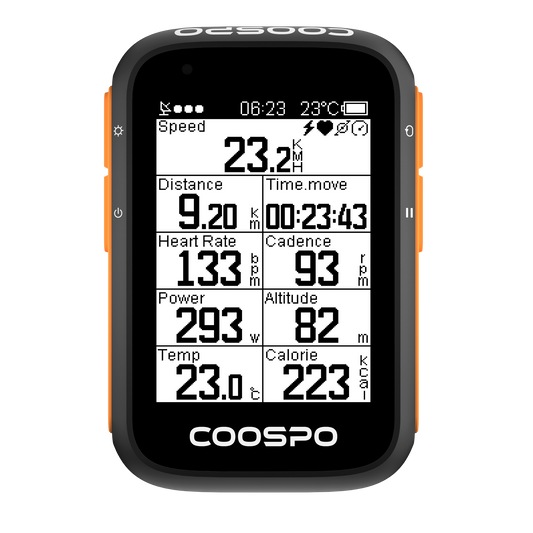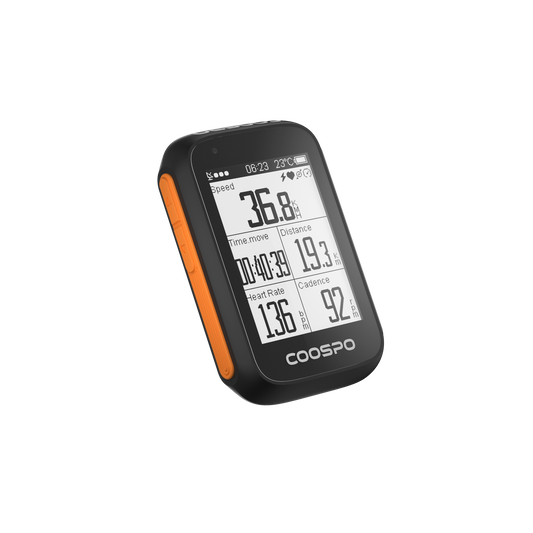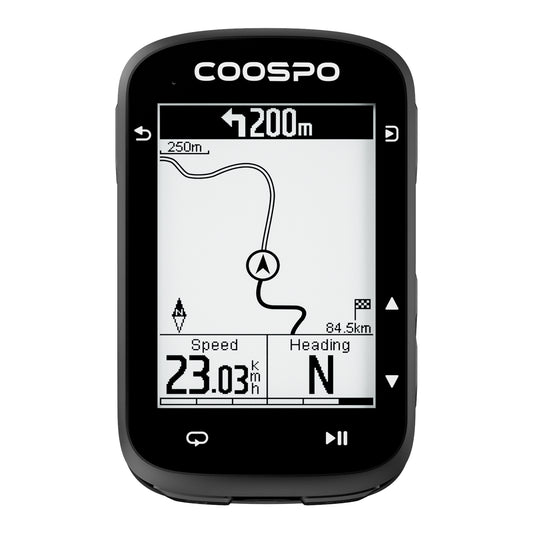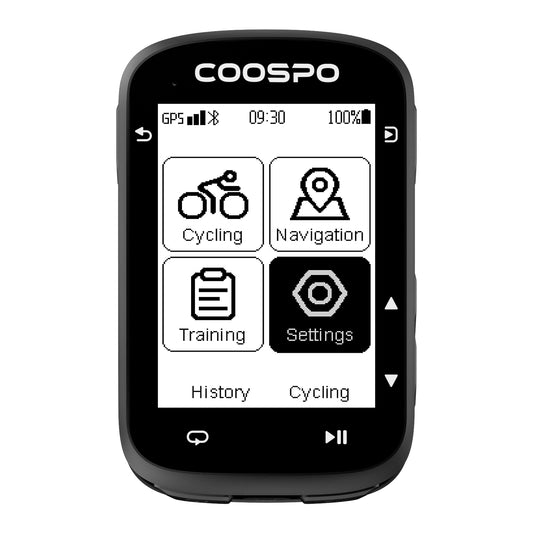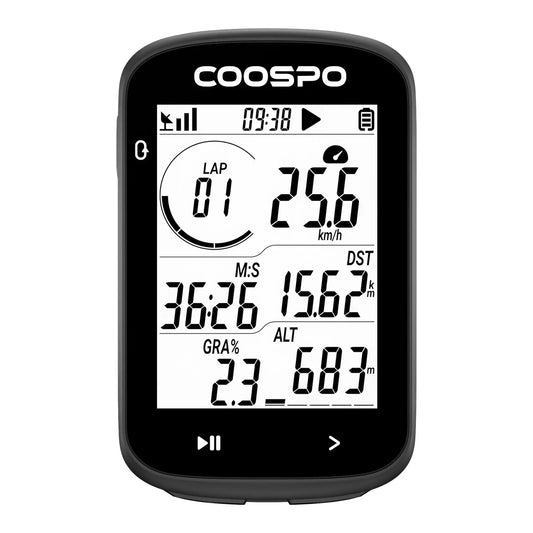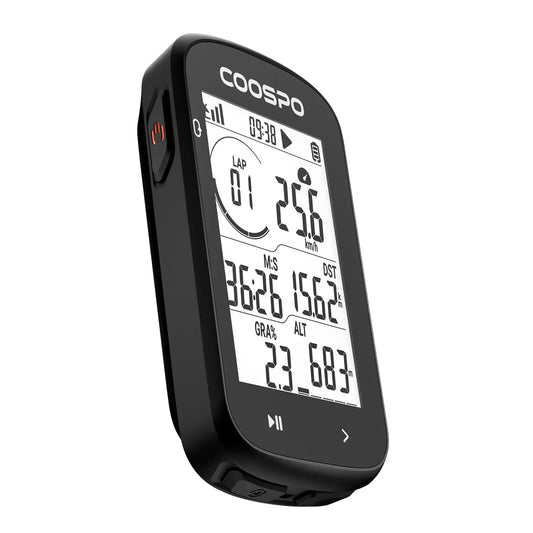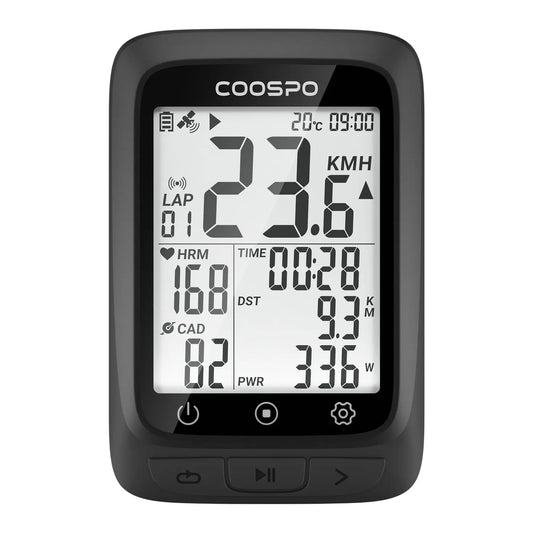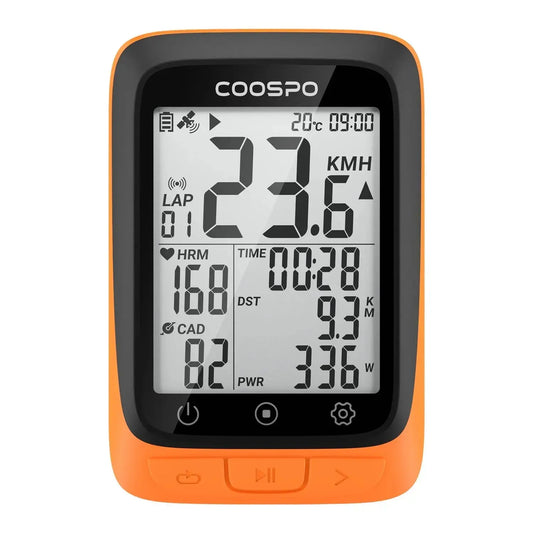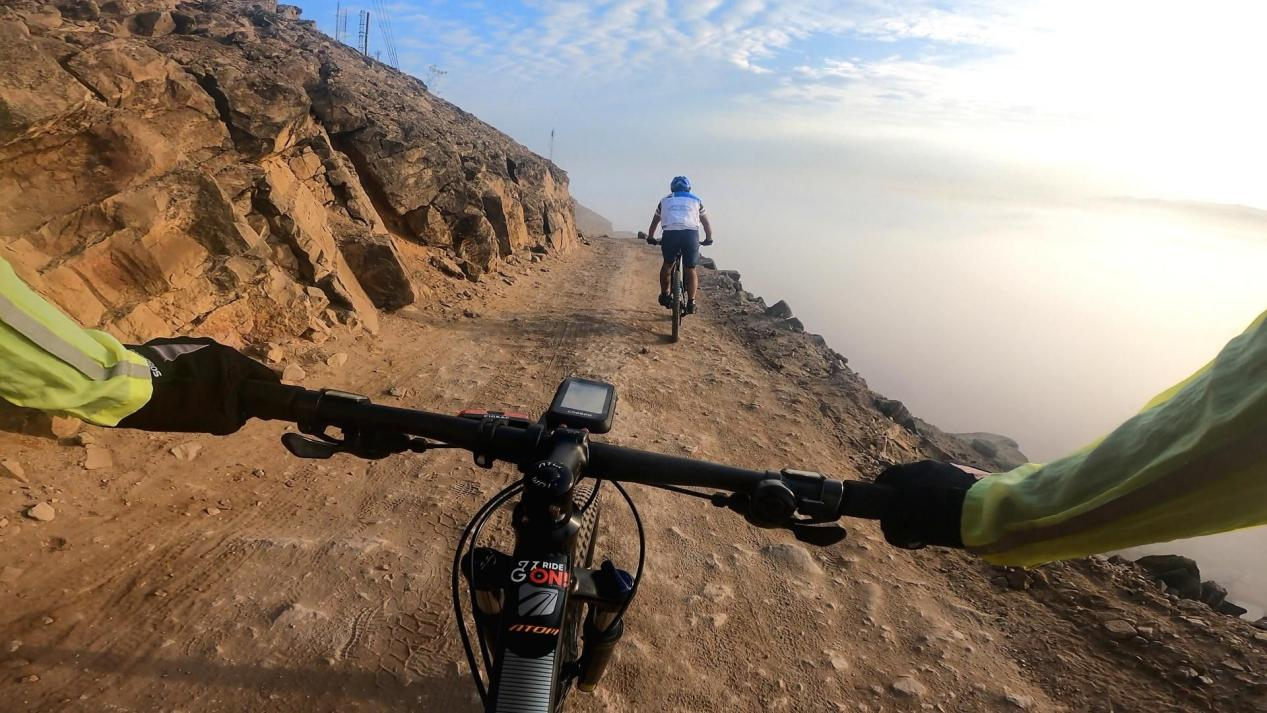Ajustez votre vélo en forme pour prévenir la douleur et les blessures
Ajustez votre vélo pour éviter la douleur et les blessures
Faire du vélo doit toujours être confortable, qu'il s'agisse d'un court ou d'un long trajet. Mais si votre vélo ne vous convient pas, il peut provoquer des douleurs et des blessures potentielles. Si vous ressentez une gêne au niveau du cou, du dos, des hanches ou des genoux, ou un engourdissement des mains ou des pieds, il est probablement temps de vérifier si votre vélo vous convient.
Pour profiter pleinement de votre vélo en toute sécurité, il est important de vous assurer que votre vélo vous convient. Un bon ajustement du vélo peut également vous aider à mieux pédaler et à être plus aérodynamique, ce qui peut vous rendre plus rapide. Voici les principes de base de l'ajustement du vélo.
Réglage de la selle du vélo

Une étude réalisée en 2014 a révélé que la conception d'une selle de vélo est importante pour réduire la pression sur le périnée et le risque de lésions nerveuses. Pour régler correctement votre selle de vélo :
Hauteur: Réglez la hauteur de la selle de manière à ce que le genou soit légèrement plié au bas du coup de pédale. Cela permettra d'éviter toute tension sur les genoux et d'optimiser la puissance délivrée.
Position avant-arrière : Lorsque vos pieds sont sur les pédales et que les manivelles sont parallèles au sol, il est important que votre genou avant soit directement au-dessus de l'axe de la pédale. L'utilisation d'un fil à plomb tiré du tendon rotulien peut aider à rendre cet ajustement plus facile à voir.
Largeur et forme : Utilisez une selle adaptée à la largeur de vos ischions pour éviter tout inconfort et toute douleur. Des selles plus larges ou plus étroites peuvent provoquer un inconfort.
Inclinaison: Une selle de niveau est généralement le meilleur choix, mais vous pouvez essayer une légère inclinaison pour voir ce qui vous convient le mieux. Veillez simplement à ne pas trop l'incliner vers le haut, car cela peut provoquer des points de pression inconfortables. Pour éviter les blessures, ne l'inclinez pas trop vers le bas. Une inclinaison trop importante peut vous faire glisser vers l'avant et vous faire mal aux bras, aux mains et aux genoux.
Étapes pour régler votre siège de vélo :
- Avant de régler votre selle de vélo, assurez-vous de porter vos chaussures de vélo et votre short de vélo pour assurer un ajustement et un confort appropriés pendant votre trajet.
- Tenez-vous debout sur votre vélo avec vos talons reposant sur les pédales.
- Commencez à pédaler en arrière, en faisant attention à la position de vos genoux. À chaque coup de pédale, vos genoux doivent s'étendre complètement sans dépasser.
- Vérifiez la hauteur de votre selle. Si vos hanches oscillent d'un côté à l'autre lorsque vous pédalez, cela peut être le signe que votre selle est trop haute.
- Après avoir réglé la hauteur, placez vos pieds sur les pédales avec la plante des pieds. Assurez-vous que vos genoux sont légèrement pliés pour une position de pédalage correcte.
Réglage du guidon

Il est très important de bien positionner le guidon pour éviter l'inconfort et les douleurs au niveau du cou, des épaules, du dos et des mains. Si le guidon est trop haut, trop bas, trop proche ou trop éloigné, cela peut provoquer de l'inconfort et des douleurs. De petits ajustements au guidon peuvent faire une grande différence dans votre confort de conduite.
Hauteur: Ajustez la hauteur du guidon pour minimiser la tension sur votre cou et vos épaules.
Atteindre: Ajustez la longueur de la potence de manière à pouvoir atteindre le guidon sans problème. Il est important d'atteindre facilement toutes les positions des mains sur le guidon et d'avoir les coudes pliés confortablement pendant la conduite. Ce réglage peut aider à prévenir les douleurs lombaires et l'inconfort des poignets.
Ajustements du vélo pour les problèmes de douleur courants
Douleur au genou
Des douleurs au genou peuvent survenir en faisant du vélo si la selle n'est pas correctement positionnée. Cela peut se produire si la selle est trop haute, trop basse, trop en avant ou trop en arrière.Porter des chaussures de vélo ou des cales de manière incorrecte peut également aggraver les douleurs au genou.
Si le siège est trop haut, cela peut provoquer une gêne au niveau des genoux et des hanches. Le siège provoque cette gêne en faisant bouger les hanches d'un côté à l'autre.
Une selle trop basse ou trop avancée peut provoquer des douleurs à l'avant du genou. Une mauvaise position du pied sur la pédale ou un mauvais alignement des cales peuvent également provoquer des tensions à l'intérieur ou à l'extérieur des genoux.
Pour prévenir les douleurs au genou :
Cales de pédale : Assurez-vous que les cales de vos pédales sont correctement alignées. Si ce n'est pas le cas, cela pourrait exercer une pression supplémentaire sur vos genoux.
Facteur Q : Assurez-vous d'ajuster la largeur de l'axe de la pédale en fonction de la largeur de vos hanches. Cela contribuera à réduire toute pression latérale exercée sur vos genoux.
Douleur au cou
Les cyclistes souffrent souvent de douleurs cervicales lorsqu'ils roulent sur des vélos trop longs ou dotés d'un guidon trop bas. Des muscles ischio-jambiers et fléchisseurs de la hanche tendus peuvent également contribuer aux douleurs cervicales en affectant l'alignement de la colonne vertébrale et du cou. Pour soulager les douleurs cervicales, il est important de s'assurer que votre vélo vous convient et de vous étirer régulièrement pour garder vos muscles souples.
Hauteur du guidon : Essayez d’ajuster la hauteur du guidon pour trouver une position qui réduit la tension sur votre cou.
Prise en main et posture : Maintenez le guidon de manière souple et asseyez-vous droit pour éviter les douleurs au cou. La tension et une mauvaise posture peuvent aggraver la situation.
Douleur ou engourdissement du pied
Des chaussures mal ajustées ou des pédales mal positionnées peuvent provoquer des douleurs ou des engourdissements au niveau des pieds. Pour résoudre ce problème.
Ajustement des chaussures : Assurez-vous que vos chaussures de vélo sont bien ajustées pour éviter l'engourdissement causé par les nerfs comprimés. Les chaussures de vélo à semelles rigides aident à répartir uniformément la pression sur la pédale.
Position de la pédale : Positionnez la pédale et la cale de manière à empêcher le pied de rouler trop loin vers l'intérieur ou vers l'extérieur.
Douleur ou engourdissement de la main
La douleur et l’engourdissement des mains peuvent être réduits en résolvant les problèmes liés au guidon et aux poignées.
Type de guidon : Choisissez un guidon adapté à votre style de conduite. Différents types de guidons, comme les guidons drop, flat ou aéro, exercent des pressions différentes sur vos mains.
Pression de la poignée : Gardez une prise souple sur le guidon et changez régulièrement la position de vos mains pour éviter d'exercer trop de pression sur un seul point. Assurez-vous que vos coudes sont légèrement pliés pendant que vous roulez et pas complètement droits.
Gants de cyclisme : Vous pouvez prévenir les douleurs ou les engourdissements aux mains en portant des gants avec rembourrage lorsque vous faites du vélo. Le rembourrage offre un amorti pour protéger vos mains.
Conclusion
Gardez à l'esprit que chaque personne est différente, il faudra donc peut-être procéder par essais et erreurs pour trouver la configuration de vélo qui vous convient. Vérifiez et ajustez régulièrement votre vélo pour rendre vos sorties plus confortables et plus amusantes.
Améliorer votre expérience cycliste ne signifie pas seulement ajuster votre vélo, mais également utiliser la technologie. Ordinateurs de vélo, moniteurs de fréquence cardiaque, capteurs de vitesse, et capteurs de cadence peut suivre vos performances et améliorer votre parcours. L'analyse des données en temps réel et les ajustements nécessaires peuvent optimiser votre expérience de vélo.



